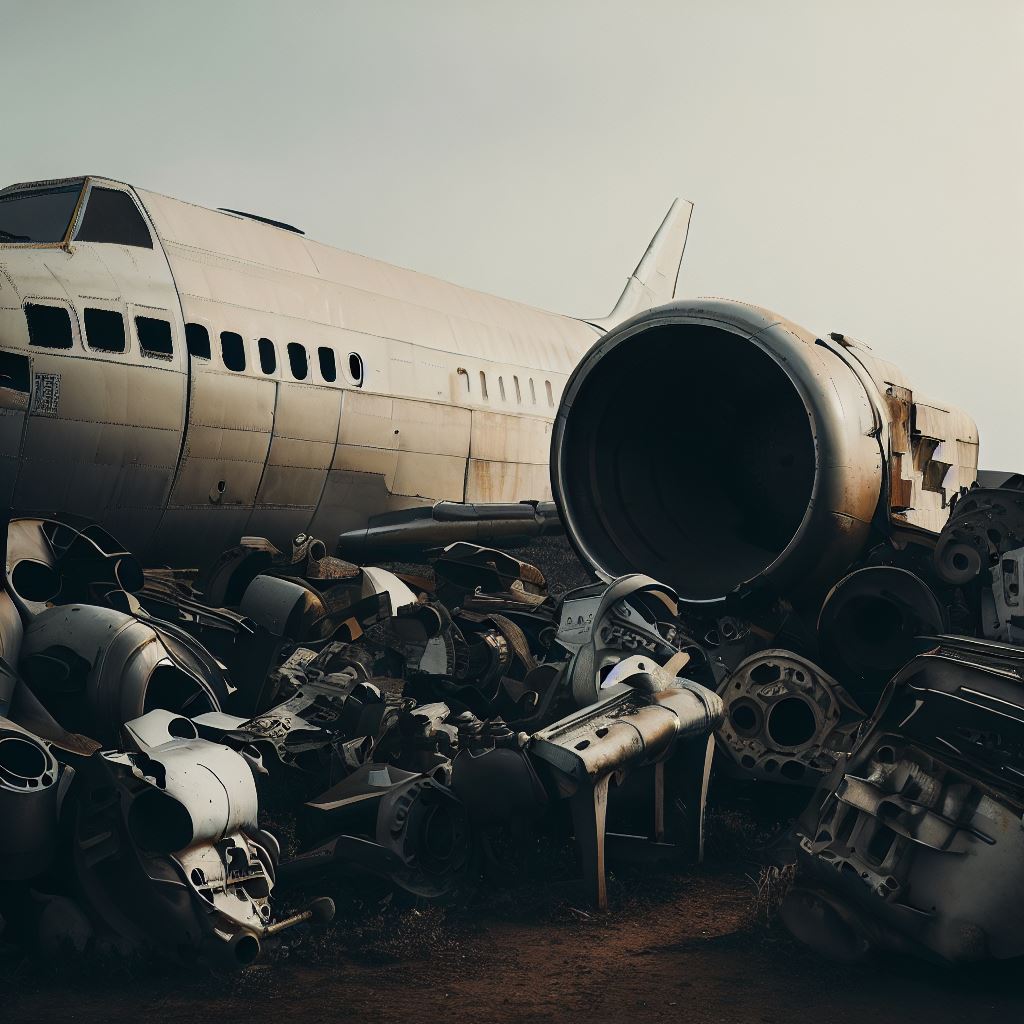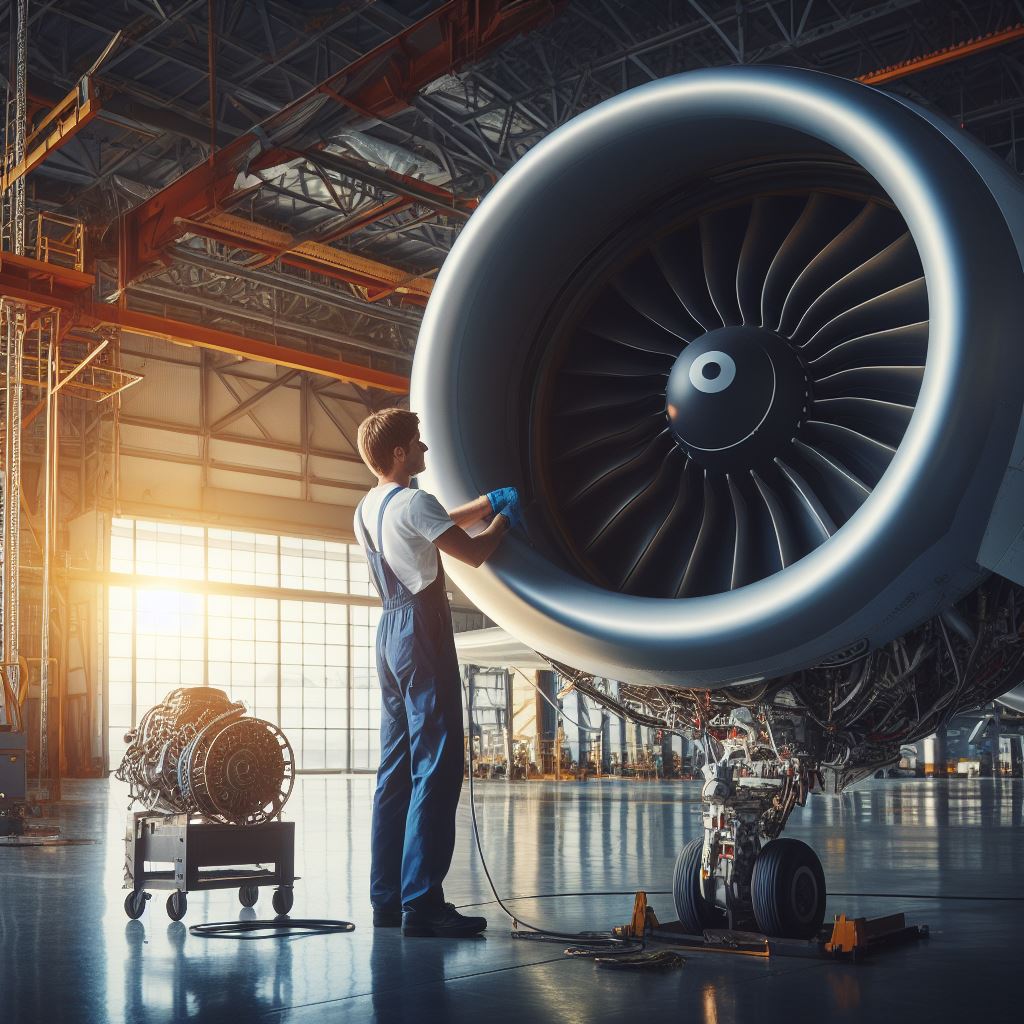Aircraft Parts Procurement: Challenges and Solutions

Follow RAVEN on Social Media! ✈️✈️✈️
Get aviation career insights and a stream of aviation learning content
Ensuring the inclusion of only authentic and authorized parts in aircraft operations is a pivotal concern within the realm of parts procurement and logistics for both airlines and aircraft maintenance organizations (Part-145). The efficiency and efficacy of aircraft maintenance activities are inherently tied to the effectiveness of parts procurement and logistics processes. In today’s complex procurement landscape, where sourcing and acquiring parts and other material can be a challenging endeavour, this function assumes a central role in determining the overall success of an organization in delivering aircraft maintenance services to operators.
Aircraft Material Buyers, Inspectors, and Warehouse Managers are tirelessly engaged in the quest to secure the necessary parts and materials promptly, all while meticulously adhering to legal requirements and upholding industry standards specific to aviation. Adding a layer of complexity to these efforts is the ever-present spectre of Unapproved and Counterfeit Parts. Historical instances in aviation underscore the potential dangers posed by counterfeit and substandard components, capable of compromising the airworthiness and safety of aircraft. Therefore, it is imperative to establish robust mechanisms to safeguard both the aircraft and the flying public.
To establish a well-functioning aircraft parts procurement and logistics capability, careful consideration must be given to the following critical elements:
Manpower
At the heart of every aviation maintenance operation lies its human resources. EASA Part-145 regulations underscore two vital aspects:
- Ensuring an appropriate workforce size commensurate with the organization’s size, complexity, and scope of operations – Ref: 145.A.30(d).
- Rigorous control over competence – Ref: 145.A.30(e).
Mere workforce adequacy is insufficient; personnel must receive targeted training to acquire the necessary competencies relevant to their tasks. Comprehensive task analysis and documentation should precede the implementation of a structured training program to ensure that personnel possess the requisite skills. Alternatively Maintenance and repair organisation may make use of external training providers to provide the necessary training for personnel.
Facilities, Equipment, and Technology
EASA 145.A.25 outlines specific requirements pertaining to warehouse facilities within an approved Part-145 Maintenance organization. These facilities should prioritize security, size appropriateness relative to the operation’s scale and complexity, environmental control, and the segregation of serviceable parts from unserviceable ones. Equally critical is the establishment of a well-controlled incoming inspection area to permit the passage of only inspected parts through the organization. Additionally, dedicated Electrostatic Discharge Sensitive (ESDS) areas are necessary for processing aircraft electrical and electronic components and Line Replaceable Units (LRUs). Effective stock control necessitates the use of Electronic Resource Planning (ERP) software or similar tools to manage material movements and transactions.
Materials
The fundamental objective of parts’ procurement and logistics within an EASA Approved Part-145 organization is to ensure that only approved, genuine parts are permitted onto aircraft and that aircraft parts, materials, and consumables are appropriately stored until needed during maintenance activities. Aircraft parts and materials should exclusively be sourced from approved, vetted, and trusted vendors and Original Equipment Manufacturers (OEMs). EASA 145.A.42 outlines the requirements that must be met to guarantee the installation of airworthy and qualified parts on aircraft. Vendor vetting constitutes the initial defence against suspected unapproved parts, followed by a robust incoming inspection process. Lastly, Aircraft Maintenance Engineers conduct a final inspection before installation.
Methods, Processes, and Procedures
EASA-approved Part-145 maintenance organizations are mandated to establish and document all pertinent processes and procedures in their Maintenance Organization Exposition (MOE) as per EASA AMC1 145.A.70(a). These processes and procedures should include:
- Supplier evaluation and subcontractor control.
- Acceptance/inspection of aircraft components and materials, as well as installation procedures.
- Protocols for storage, tagging, and delivery of components and materials to maintenance.
- Procedures for controlling the working environment and facilities.
- Line procedures for the return of defective parts removed from aircraft.
These aircraft parts procurement processes and procedures must be straightforward yet robust, and personnel should receive training during their initial induction period to ensure compliance and competency. Raven organises a 2-day intensive course course covering the stores procedures and the incoming inspection process.
An Internal Safety reporting scheme (Ref: 145.A.202) should facilitate the reporting of Suspected Unapproved Parts (SUPs) to EASA and competent airworthiness authorities for further investigation.
Measurements (Safety Performance Indicators – SPIs)
Measuring the extent of success is paramount to evaluating the effectiveness of the aircraft parts and procurement function. The implementation of a Safety Management System (SMS) permits the establishment of appropriate Safety Performance Indicators or SPIs, tailored to the organization’s specific needs. While the types and quantities of SPIs may vary among organizations, well-chosen SPIs enable ongoing monitoring of the performance of material procurement and logistics functions, facilitating continuous improvement while upholding the highest safety standards.
Stores and Parts Incoming Inspection
This course is intended to prepare personnel involved in the processing of aircraft goods and materials for the stores incoming inspection.








Responses